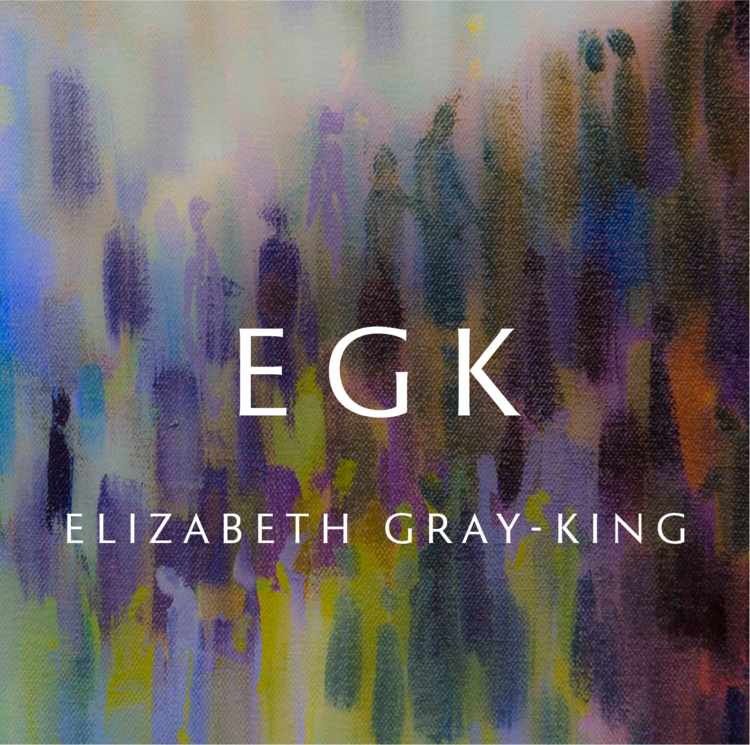I was recently commissioned to write prayers for a prayer book. I’ll let you know in more detail when I can. I was given the day and readings for three of them and three I could randomly choose. It came to me to write this one:
A prayer for healing after trauma
Lord of all time, this time is difficult.
My memories rush at me,
or can be buried as my mind manages each day.
I am aware that others have had times like mine, or worse.
But God, it feels as if my experience is utterly unique;
Gracious God, reassure me that this is true, made by you
in rich particularity, no one of us truly like another.
I come to you in hope and despair.
I need to feel more capable, more ready to live my days.
I have tried, listened and prayed so hard and practiced hope.
I sit with you now. You know that it feels like a last resort.
I’m sorry. I believe you love me and are happy to be my resort.
Hands open and breathing deeply, I receive your presence.
I am aware of my heartbeat and the opening of my lungs,
remembering you gifted body and mind to feel and think.
In this moment, I am attentive.
In your love I place my history – events I cannot forget.
Help me to hand the terrible power of life events to you.
Loosen their hold on my present and liberate my future.
Fill me with love to forgive whatever I think I did badly.
Fill me with hope that I may forgive others where I can.
God of all time, heal me of all that harms me
in the whole of my body, my memory and my heart.
I end this prayer in grateful hope.





